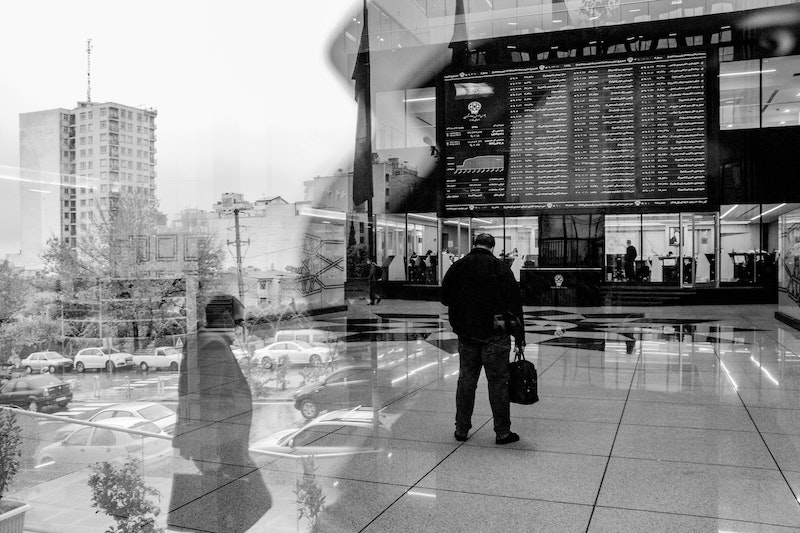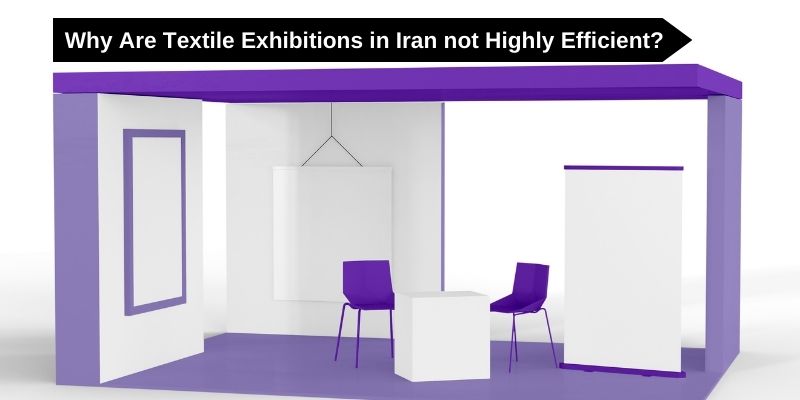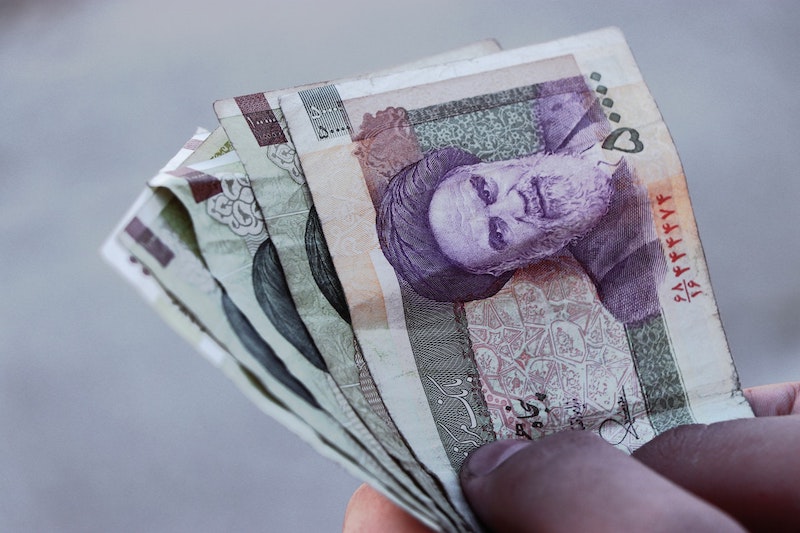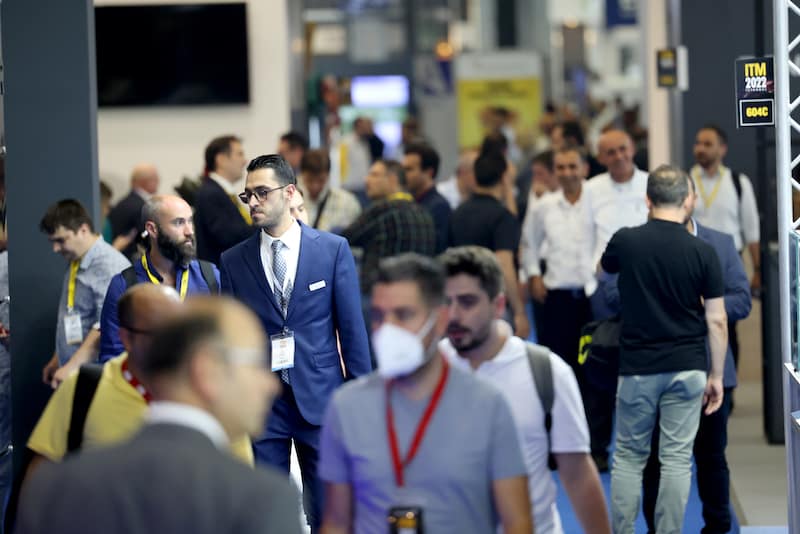Iran is a large country with more than 80 million population and abundant natural and energy resources.
Iran is a wealthy country with a wealth of human and natural assets, but due to its current economic situation, it has yet to make major progress in the non-oil sector. Iran’s textile industry has a rich history and is one of the country’s most significant and older sectors.
Iranian industries have experienced numerous challenges due to the poor economic conditions and the sanctions placed on the country’s economy during the past few decades, particularly the textile industry. Exhibitions are a thorough representation of the dynamics of every business, as is to be expected. Still, the failure of textile exhibitions in Iran has several causes, which we shall discuss in more detail in this article.
Textile Exhibitions in Iran Have Declined for Several Reasons.
1 – Political and Sanction-Related Concerns
Economic sanctions and political divisions between Iran and other countries in the region and worldwide are two of the most significant factors contributing to the failure of textile exhibitions in Iran. For more than 30 years, Iran’s foreign policy and ideological conflict with the United States have subjected the country’s people and economy to a barrage of economic sanctions.
Despite the Iranian government’s frequent claims that the sanctions have no impact on the country’s economy, it is obvious that these restrictions impact people’s daily lives and businesses in Iran. Nations do not want to engage in business events or be present in the Iranian market if there are economic sanctions against Iran.

2 – A lack of investment
Domestic production companies are reluctant to implement plans, create new investments, or set up new production plants, given the precarious state of Iran’s economy and the lack of clear economic indicators for businesses and investors, because capital and money prefer to go safe places and low-risk and always flee from high-risk economic conditions.
Foreign direct investment has nearly reached a standstill due to the fragile economic conditions mentioned earlier.
In such a circumstance, commercial companies need more inclination to join the expo. If they do, they arrive with outdated items that need more innovative thinking and creativity, significantly lowering the exhibition’s appeal to visitors. As a result, the exhibition lost its primary purpose: showcase new ideas and goods.
3 – Loss of Interest in Newspapers and Magazines
Sadly, the organizers of textile exhibitions in Iran need to consider the presence of local and international specialized media outlets related to this industry at the shows. By consistently giving magazines and media the worst services, they discourage journalists from being encouraged to report the show on-time and accurately.
4 – Poor exhibition facilities
Iran’s exhibition infrastructure has a lot of issues and shortcomings. We can see from a glance at Tehran’s exhibition halls that no place is suited for hosting significant international shows. Tehran has a very large and attractive area for international exhibitions, but the halls need to be restored because they are old and need more infrastructure.
Also, due to its location on one of Tehran’s busiest freeways, the Tehran International Exhibition Center last hosted well-attended shows a few years ago. Because the Tehran City Council consistently avoids conducting exhibitions during regular hours due to severe traffic issues, the organizers are forced to shift the visitation hours to weird times like 10 am to 3 pm, which is practically inappropriate and doesn’t align with international norms.
It undoubtedly decreases the exhibition’s profitability and efficacy, leading to a lack of access for visitors and unhappiness among the exhibitors.

5 – Ignoring Guests from Abroad
Only a few number of merchants and buyers from adjacent countries, like Iraq and Afghanistan, who reside in Iran, visit Iran’s textile shows, almost devoid of foreign tourists. Foreign visitors mostly do not visit Iranian exhibitions for a variety of reasons. The difficulty in issuing visas to visitors, concern over denying visas to European and American countries because of the trip to Iran, an absence of international flights, etc., are among the most significant factors.
Turkish, Indian, and Chinese enterprises are the leading foreign exhibitors at Iranian textile fairs. These textile manufacturer countries are so close to Iran due to geographical and political factors. In certain cases, these companies do not abide by the sanctions imposed by the United States and European nations against Iran or use other methods to circumvent sanctions.
In this regard, one of the individuals in charge of organizing textile fairs in Iran states: “The 80 million-person-strong textile industry in Iran is a desirable market for foreign businesses, but it has proven challenging for us due to the country’s political situation. Businesses encounter many issues when selling to or investing in Iran, especially regarding financial and banking transactions. These issues mostly revolve around getting a visa. Even if a company participates in the expo and sells industrial and textile goods, it cannot lawfully conduct bank transactions with Iran or accept payments from Iranian businesses.”

6- Lack of Currency, Politics, and Economic Openness
In Iran, foreign exchange rates are incredibly volatile and rising. As a result, in the last ten years, the rate of each US dollar has risen from 3000 Iranian Tomans (3 thousand Rials) to approximately 50000 Tomans (500 thousand Rials). Notwithstanding letters and other precautions the Iranian government took, it has escalated. Some economic activists contend that even this rate is fictitious and that the worth of the Iranian rial relative to the US dollar is even lower. They also contend that the rate is artificially low due to government-mandated policies.
Given the current production challenges and the fact that a significant portion of Iran’s textile and apparel industry’s raw materials, such as fibers and yarn, are imported, final product prices for producers are also rapidly increasing. Because the exchange rates fluctuate daily, work is also challenging for Iranian companies in the export market.
According to a women’s clothes manufacturer in the textile industrial town of Qazvin, “We get the power to create great products, export them, and even vie with goods made in Turkey, but regrettably, the abrupt swings in the exchange rate prevent us from making long-term plans. Thus, a sizable portion of our cash must be used to buy raw materials. We participate in international exhibits, and overseas customers appreciate the caliber of our goods. However, the final cost we consented to with them changed quickly in Iran in days because of increased production expenses and the currency’s value. Because the buyers do not recognize these changes, we are compelled to fulfill the orders at a loss or revoke them, engendering resentment and mistrust from foreign customers toward Iranian producers. The expense and risk of our job are increased because it is nearly difficult to transfer money through the banking system, and we must spend a lot of money to get the funds through our offices in Dubai and Shanghai or cash. Sadly, the government does not provide specific assistance to the textile and apparel sector. Iranian manufacturers are under increasing pressure due to importing garments from China and Turkey.”

Ali, a manufacturer of children’s clothing in Tehran’s Grand Bazar, has the following to say about Iran’s textile fairs: “Unfortunately, because of the country’s restrictions, it is not permitted to hold fashion exhibitions for adults and children in Iran in the manner that is accepted worldwide. Regretfully, exhibitions inside Iran are inappropriate for our exports, and no foreign buyers visit Iran. We only participate in exhibitions inside Iran to sustain the brand and communicate with our representatives and distributors there. Turkey, our neighbour, is seeing a surge in clothes and fashion shows for all age groups, and shoppers and tourists from the Middle East, Africa, and Europe travel to Istanbul. Every year, I participate in these exhibitions to learn about the newest styles, hues, and models from around the globe, which are not present in Iranian textile and garment shows due to Iran’s geographic isolation.”
7- The Existence of Regional Rivals, Namely Turkey
One of the global leaders in manufacturing and exporting textiles and garments is Iran’s neighbor, Turkey. For a country like Iran, which has a sizable populace and a proud heritage in the textile sector, this can have both benefits and drawbacks.
Istanbul is the perfect destination for fashion and textile expos due to its location and climatic conditions, making this city appealing to tourists and foreign businesses. Turkey is also one of the world’s major exhibition hubs. Also, Turkey’s vibrant textile, apparel, and fashion industries draw several foreign buyers, retailers, and service providers to events there.
Other significant factors are:
● The accessibility of Turkish Airlines to more than 200 locations worldwide.
● The attractiveness and tourist attractions of Istanbul.
● The abundance of high-quality hotels.
● The simplicity of acquiring a visa or travelling without a visa.
Due to this, Iran cannot vie with Turkey in the textile and apparel show market.

8 – Expensive Exhibition Locations
The expenses associated with hosting an exhibit in Iran and the organizer’s expenses are exceedingly significant. Due to a lack of private sector competition in Iran, most exposition venues are government-owned. As a result, they are solely responsible for setting the terms of service and prices.
Particularly, the numbers for companies who organize international exhibitions are expressed in foreign currencies and outnumber exhibition locations abroad by a factor of several. As a result, international exhibition organizers are less motivated than in the past to join the Iranian exhibition sector.
9 – Annually Licenses and Government Oversight
Every exhibition organizer in Iran requires a standing permit to conduct an exhibition, and international planners can only conduct an exhibition with the need for an Iranian organizer partnership.
In Iran, obtaining permits to organize exhibitions requires intricate administrative procedures. Connections and suggestions from individuals with clout in government agencies and institutions can impact whether a license is granted or denied or if an exhibition is transferred from one planner to another.
It is extremely difficult for international private organizing corporations to enter such circumstances, and nearly no company takes the risk. Due to their connections with associations, unions, and reputable decision-making institutions for conducting exhibitions, Iranian exhibition organizers can also renew their permits annually.
Domestic organizers, for many purposes, only consider themselves as temporary organizing committees not owners of the event, and only suggest keeping the next iteration of their event rather than contemplating themselves as the shareholders of the exhibition brand. They avoid long-term investments like appropriate national and international advertising. They also refrain from splurging money on welcoming purchasers and trade envoys, which reduces the effectiveness and standard of the exhibit.



















